Choosing the right shoe size can be a daunting task for many, especially when navigating the differences between men’s and women’s shoe sizes. This guide aims to provide a thorough understanding of how men’s shoe sizes convert to women’s, incorporating cultural insights, practical tips, and comparisons of various platforms and services that can assist in this process.
Table of Contents
- Understanding Shoe Size Systems
- Men’s to Women’s Shoe Size Conversion Chart
- Cultural Insights on Shoe Sizes
- How to Measure Your Foot
- Pros and Cons of Sizing Methods
- Online Resources and Tools
- Popular Platforms and Brands for Shoe Shopping
- FAQs
- Conclusion
Understanding Shoe Size Systems
Shoe sizes can vary greatly between men and women, which can lead to confusion when shopping for footwear. The primary differences are based on the following:
- Length and Width: Men’s shoes are typically wider and longer than women’s shoes of the same size.
- Sizing Standards: The sizing systems differ between countries, with the US, UK, and EU having unique measurement standards.
- Fit and Comfort: Men’s and women’s shoes are designed with different foot shapes in mind, affecting comfort levels.
Overview of Size Systems
In the United States, shoe sizes for men and women differ by approximately 1.5 to 2 sizes. For instance, a men’s size 8 is roughly equivalent to a women’s size 9.5. Understanding this conversion is crucial for making informed purchases.
Men’s to Women’s Shoe Size Conversion Chart
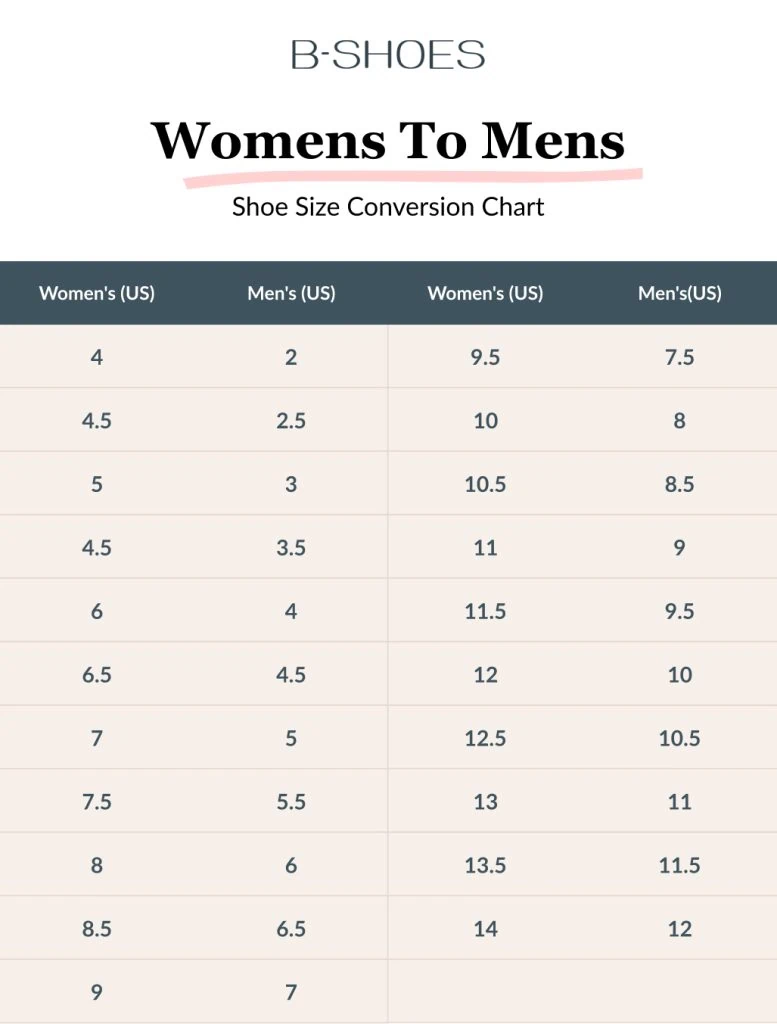
| Men’s Size (US) | Women’s Size (US) |
|---|---|
| 6 | 7.5 |
| 7 | 8.5 |
| 8 | 9.5 |
| 9 | 10.5 |
| 10 | 11.5 |
| 11 | 12.5 |
| 12 | 13.5 |
This chart serves as a quick reference for converting sizes, but individual fit can still vary based on the shoe brand and style.

Cultural Insights on Shoe Sizes
Shoe purchasing decisions can also reflect cultural influences and trends. For instance:
- Many women in the USA often prefer wearing men’s shoes for various reasons, including comfort, style, and wider offerings in athletic shoes.
- Social media influencers have popularized men’s sneakers as fashionable unisex options that appeal to a broader audience.
- Retailers are increasingly recognizing the fluidity in fashion, leading to more unisex sizes and styles being produced.
How to Measure Your Foot
Measuring your foot at home can ensure a better fit when converting shoe sizes. Here’s how you can do it:
- Place a sheet of paper on the floor against a wall, with the edge of the paper flush against the wall.
- Stand on the paper with your heel against the wall and mark the longest part of your foot.
- Measure the distance from the wall to the mark using a ruler.
- Use the measurement to refer to a sizing chart to find your equivalent size in men’s or women’s shoes.
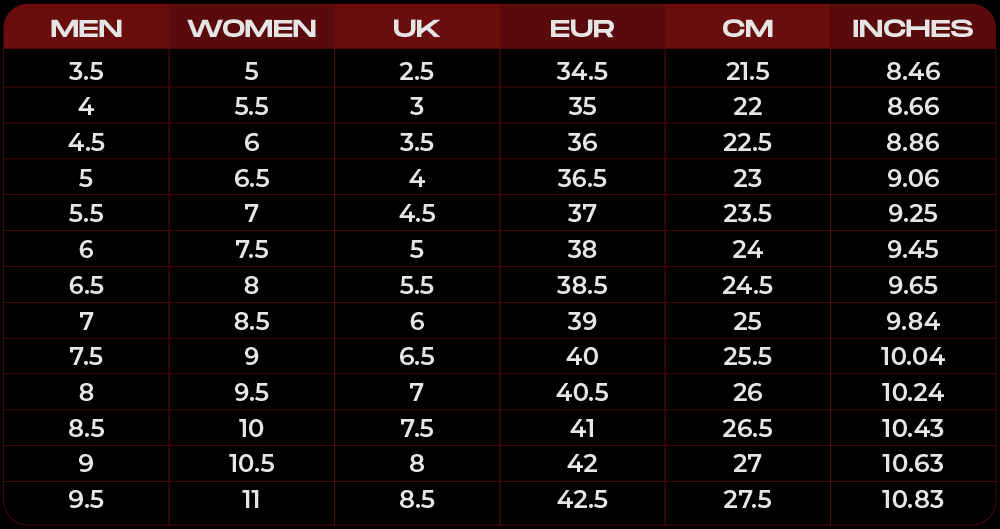
Tips for Accurate Measurement
- Measure both feet, as they may differ in size.
- Take measurements in the afternoon when your feet are slightly swollen from daily activity.
- Use a brannock device if available for a professional measurement.
Pros and Cons of Sizing Methods
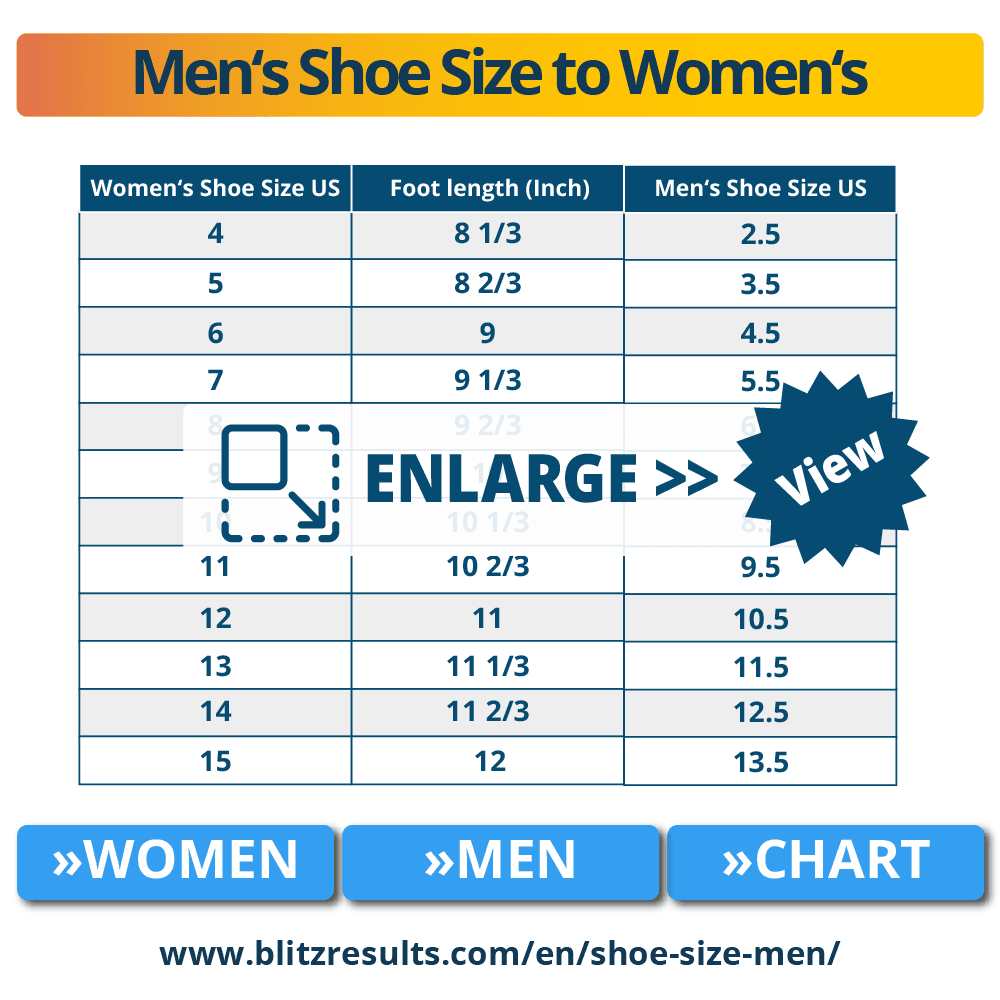
In-Person Fitting Pros and Cons
| Pros | Cons |
|---|---|
| Immediate feedback on fit and comfort. | Limited availability of styles and sizes. |
| Ability to try on multiple pairs quickly. | Time-consuming process. |
| Personal assistance from store staff. | Shoe prices may be higher in physical stores. |
Online Shopping Pros and Cons
| Pros | Cons |
|---|---|
| Wider selection of styles and sizes. | Inability to try shoes on before purchasing. |
| Convenient shopping from home. | Shipping and return fees can increase costs. |
| Frequent discounts and sales. | Delayed product availability due to shipping times. |
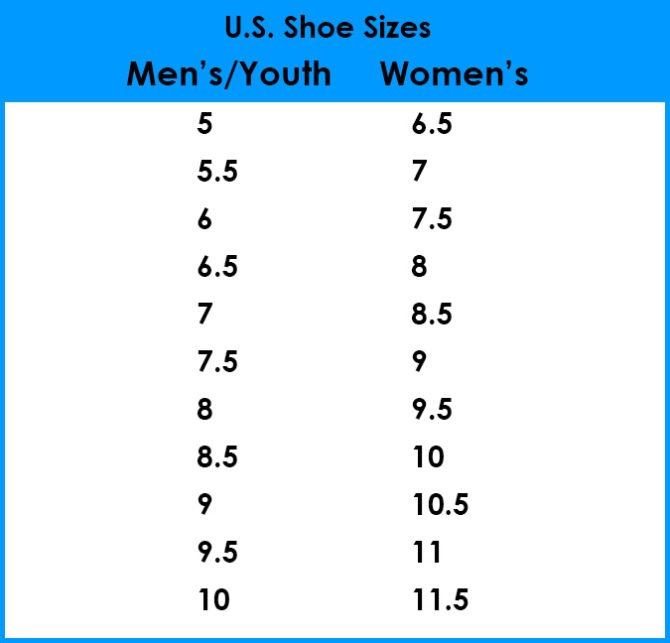
Online Resources and Tools
Numerous online tools can assist in determining shoe sizes and conversions:
- Shoe Size Calculators: Websites like ShoeSize.co offer calculators to help convert between men’s and women’s sizes easily.
- Retailer Size Guides: Brands like Nike and Adidas provide detailed size charts on their websites to navigate conversions effectively.
- Virtual Try-On Apps: Apps such as Foot Locker’s Virtual Try-On allow customers to see how shoes look on their feet before purchase.
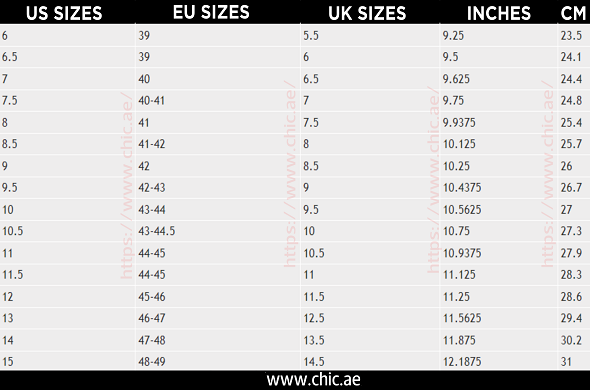
Popular Platforms and Brands for Shoe Shopping
When searching for men’s shoes that fit women’s sizes, consider these platforms and brands known for their extensive ranges:
- Amazon: Offers a vast selection and user reviews to help determine fit.
- Zappos: Renowned for their customer service and comprehensive size guides.
- DSW: Provides a variety of both men’s and women’s styles with frequent sales.
- Foot Locker: Known for athletic footwear, highlighting their unisex options.

FAQs
What is the difference between men’s and women’s shoe sizes?
The primary difference lies in the fit; men’s shoes are generally longer and wider. The conversion factor is typically 1.5 to 2 sizes.

How can I convert men’s shoe size to women’s?
Use a size conversion chart, like the one provided in this article, or measure your foot to determine the correct size.
Are there brands that offer unisex shoes?
Yes, many brands like Converse, Vans, and Nike offer unisex shoes that cater to both men’s and women’s size needs.
What should I do if my shoe size falls between sizes?
It is recommended to choose the larger size for comfort, especially if you will be wearing thicker socks.
Conclusion
Navigating the differences in men’s and women’s shoe sizes can be challenging, but understanding the conversion processes, utilizing resources, and knowing the cultural nuances can make it a more manageable task. By keeping the information provided in this guide in mind, you can confidently shop for shoes that fit your style and comfort needs.
For more detailed studies and insights, refer to resources like NCBI’s article on footwear sizes and foot shapes.